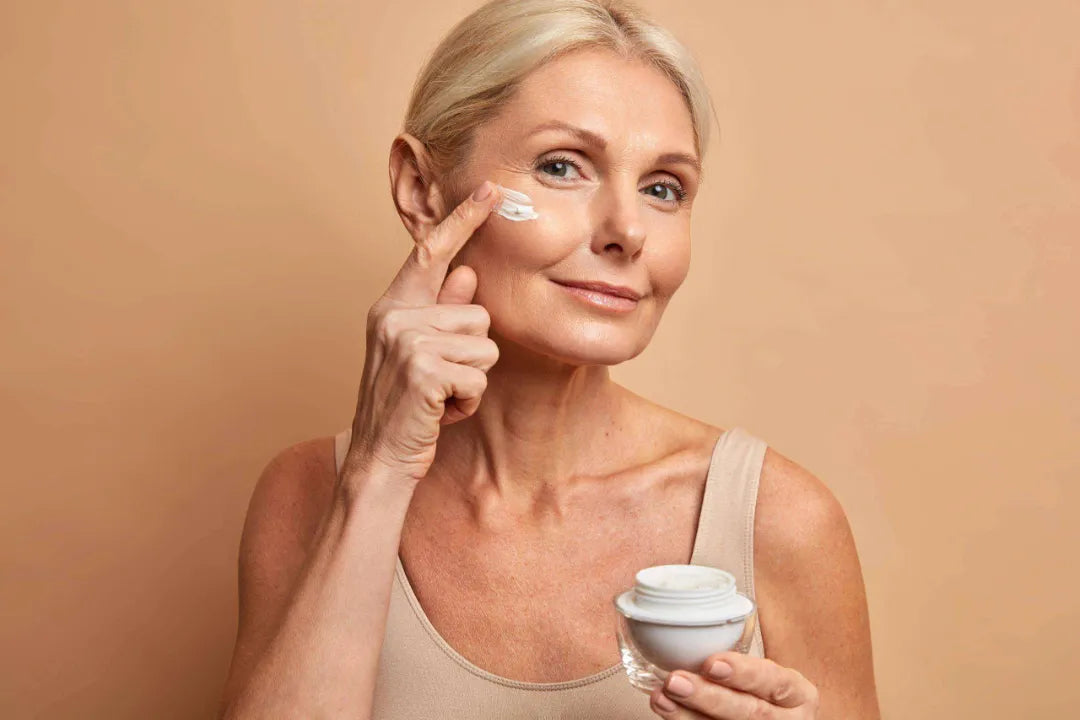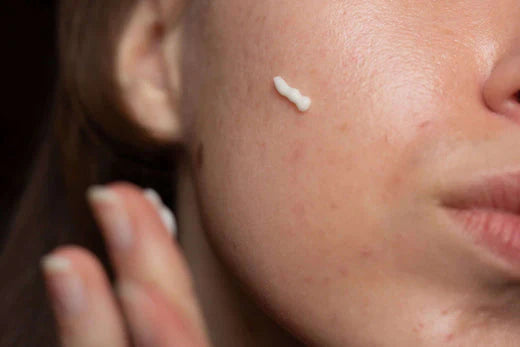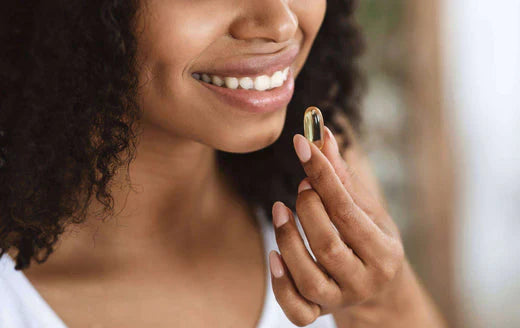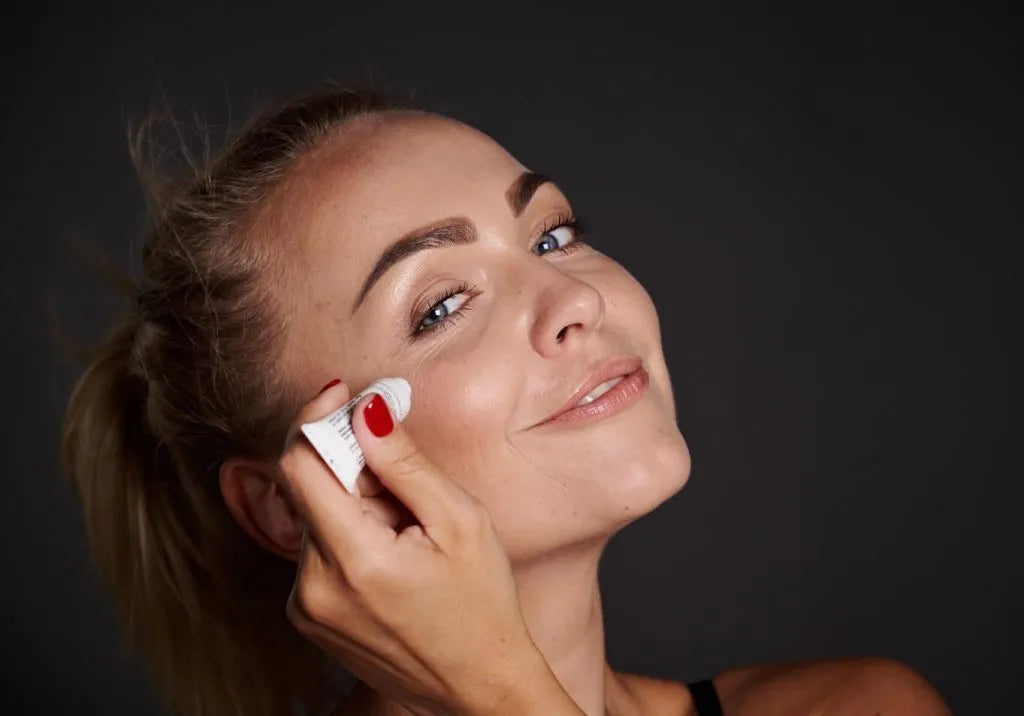Menopause brings a range of physical and emotional changes, one of the most noticeable being skin discoloration. This condition appears as dark spots, lighter patches, or a general loss of evenness in skin tone. While it can cause concern, understanding its causes helps us make more informed decisions about caring for our skin.
Why does skin change during menopause?
The drop in oestrogen levels during menopause affects not only the reproductive cycle but also skin health. This hormone plays a crucial role in producing collagen, elastin, and melanin, so its reduction leads to:
-
Loss of firmness and thinning of the skin, contributing to the formation of fine lines and wrinkles.
-
The appearance of skin discoloration, such as dark spots (hyperpigmentation) or lighter areas (hypopigmentation).
-
Increased capillary fragility, which can cause bruising or easy bruising.
Other symptoms, such as poor circulation, may worsen during this stage, potentially resulting in issues like varicose veins in the legs or vaginal tightening.
On the positive side, menopause can reduce discomforts like fibrocystic breast disease, which is common in earlier life stages.
What does skin discoloration look like during menopause?

Hormonal changes during menopause can affect skin pigmentation in various ways. Common manifestations include:
-
Melasma: brown or greyish patches, especially on the cheeks, forehead, and upper lip. Though more common during times of increased oestrogen, such as pregnancy, some women develop it during menopause when starting hormone replacement therapy.
-
Solar lentigines: also known as “age spots,” these result from years of sun exposure and often become visible during menopause as the skin thins and becomes more vulnerable with age.
-
Hypopigmentation: lighter patches caused by a loss of melanin, often due to reduced activity of melanocytes, the pigment-producing cells. This can sometimes be mistaken for fungal infections, such as pityriasis versicolor.
Areas most prone to skin discoloration are those frequently exposed to the sun throughout life, including the face, neck, décolleté, and hands.
External factors that worsen skin discoloration
Beyond hormonal changes, several external factors can exacerbate the skin’s appearance and make spots more visible, such as:
-
Unprotected sun exposure: Ultraviolet radiation progressively damages the skin, encourages dark spots, and accelerates skin ageing.
-
Blue light from screens: The blue light emitted by phones, computers, and TVs can stimulate melanin production, worsening discoloration of the skin especially on the cheeks and forehead.
-
Poor diet: High sugar intake or low antioxidant consumption weakens skin defences. Mood disorders can sometimes influence these dietary choices.
How to treat skin discoloration
If you’re noticing changes in your skin tone during menopause, don’t worry. These strategies can help improve its appearance and prevent new spots:
-
Use sunscreen daily: apply a broad-spectrum sunscreen with SPF 30 or higher. Cover all exposed skin, not just the face, and use it even on cloudy days. This is crucial to preventing skin discoloration from worsening.
-
Consider depigmenting treatments: over-the-counter and prescription creams can help even out skin tone. A compelling combination is hydroquinone with tretinoin, but it should be used under the guidance of a medical professional.
-
Look for modern, gentle active ingredients: besides traditional options, there are highly effective and well-tolerated ingredients for mature skin. Seek serums containing niacinamide (a form of vitamin B3), which evens out tone and strengthens the skin barrier, or tranexamic acid, known for treating stubborn spots with minimal risk of irritation.
-
Consult a dermatologist for advanced options: if creams aren’t enough, procedures like chemical peels, laser therapy, or intense pulsed light (IPL) can help reduce spots, enhance radiance, and rejuvenate the skin’s overall appearance.
In summary, the discoloration of the skin during menopause is nothing to hide. It’s a change to embrace with love, patience, and self-awareness. Understanding what’s happening in your body, from symptoms like vaginal tightness and swollen feet to changes in your skin, and adapting your routine accordingly, are essential steps. Above all, give yourself the space to care for your well-being and live this stage comfortably.
Discover Essity and find out supplements, intimate products, and specially formulated items to support you through this phase. Take care of your well-being with what you truly deserve.
References
-
Cleveland Clinic. Skin discolouration [Internet]. 2024 [cited 2025 Jul 3]. Available from: https://my.clevelandclinic.org/health/symptoms/11014-skin-discoloration
-
American Academy of Dermatology Association. Caring for your skin on menopause [Internet]. 2023 [cited 2025 Jul 3]. Available from: https://www.aad.org/public/everyday-care/skin-care-secrets/anti-aging/skin-care-during-menopause
-
Cleveland Clinic. Here’s how menopause affects your skin and hair [Internet]. 2021 [cited 2025 Jul 3]. Available from: https://health.clevelandclinic.org/heres-how-menopause-affects-your-skin-and-hair
-
British Heart Foundation. Menopause and your heart [Internet]. [cited 2025 Jul 3]. Available from: https://www.bhf.org.uk/informationsupport/support/women-with-a-heart-condition/menopause-and-heart-disease
-
NHS. Fibrocystic breast changes [Internet]. 2023 [cited 2025 Jul 3]. Available from: https://www.uhsussex.nhs.uk/resources/fibrocystic-breast-changes/
-
American Osteopathic College of Dermatology. Hyperpigmentation [Internet]. [cited 2025 Jul 3]. Available from: https://www.aocd.org/page/hyperpigmentation
-
MedlinePlus. Abnormally dark or light skin [Internet]. 2023 [cited 2025 Jul 3]. Available from: https://medlineplus.gov/ency/article/003242.htm
-
Seltman W. Exposing effects of blue light on skin [Internet]. 2024 [cited 2025 Jul 3]. Available from: https://www.webmd.com/eye-health/blue-light-skin
-
American Academy of Dermatology. Transforming melasma care [Internet]. AAD Meeting News; 2025 Mar 7 [cited 2025 Jul 7]. Available from: https://www.aadmeetingnews.org/2025-aad-annual-meeting/article/22935351/transforming-melasma-care
-
Hakozaki T, Minwalla L, Zhuang J, Chhoa M, Matsubara A, Miyamoto K, et al. The effect of niacinamide on reducing cutaneous pigmentation and suppression of melanosome transfer [Internet]. Br J Dermatol. 2002 Jul [cited 2025 Jul 7];147(1):20-31. Available from: https://pubmed.ncbi.nlm.nih.gov/12100180/
You May Also Like

JOIN US AND GET 10% OFF
Sign up to our newsletter to access free resources, advice and support.















